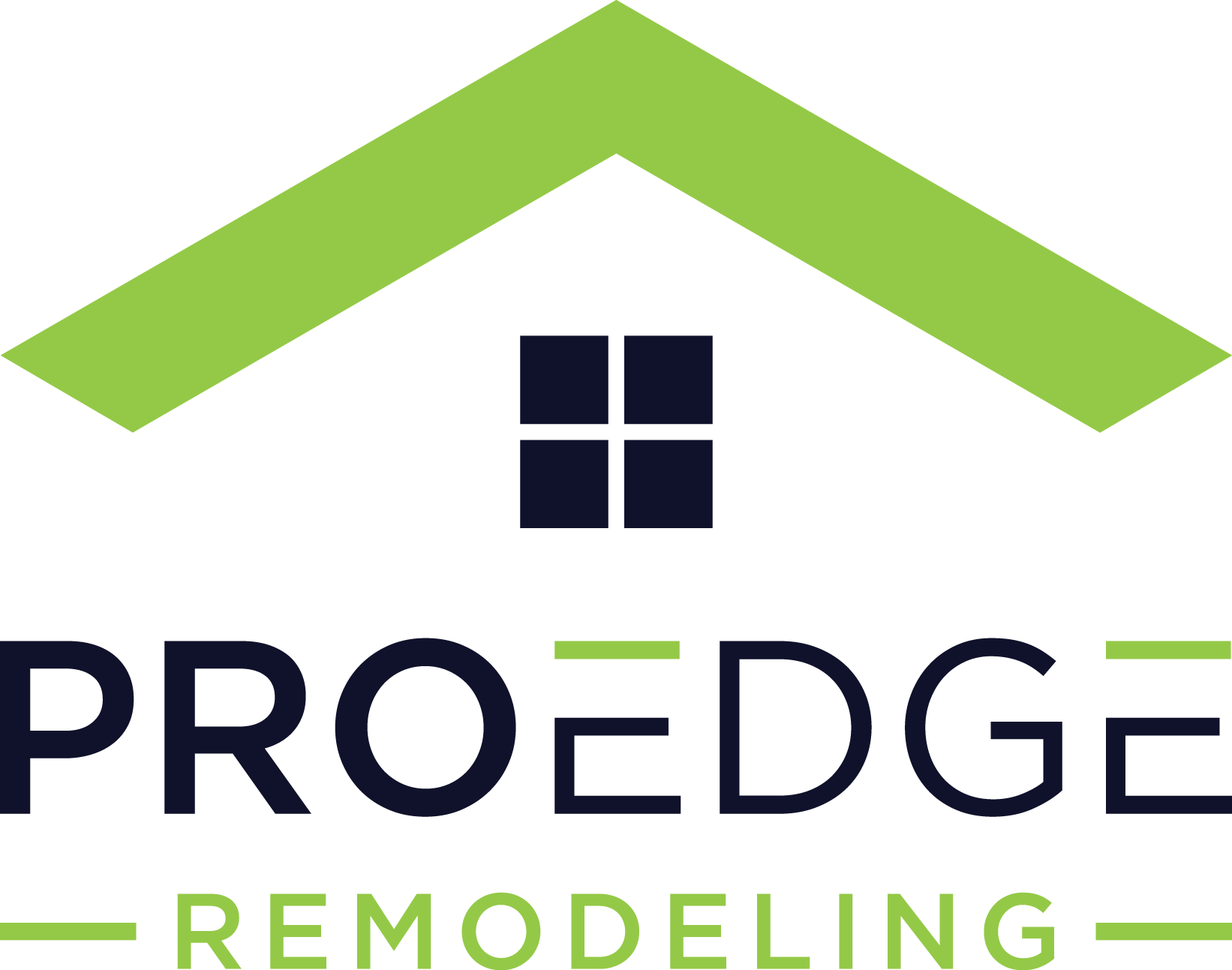Is Your Plumbing Corroding? How to Spot and Prevent Pipe Damage

*Updated May 5th, 2025
Corroded pipes might not be something you think about every day, but they can cause some serious headaches if ignored. Over time, your plumbing system naturally wears down—especially if you’ve got older pipes made from materials that don’t hold up well to moisture and minerals. As corrosion creeps in from the inside, it can lead to everything from annoying leaks to major pipe bursts, and even mess with the quality of your water.
The good news? Catching the signs early and staying on top of basic maintenance can save you a ton of stress (and money) down the line. Let’s break down what corrosion looks like, why it happens, and what you can do to keep your pipes in good shape.
What is Corroded Piping and Why Does it Matter?
Corroded pipes refer to pipes that have undergone deterioration due to chemical reactions between the pipe material and particles in water. This leads to the wearing away of the inside of pipes, resulting in rust formation, pitting, and ultimately leaks or bursts. If undetected, corroded pipes can lead to stagnant water conditions, potentially resulting in waterborne illnesses. Stopping corrosion early on can prevent expensive repairs down the road.
Spotting the Subtle Signs of Corroded Pipes
Discolored Water
If water flowing from your taps appears brown, red, or yellow, it likely contains rust particles from corroded pipes. The corrosion causes iron in the pipes to be released into the water, leading to discoloration. Even small amounts of pipe corrosion can cause discoloration, so you should be attentive to any changes in water appearance.
Staining Around Outlets
Rusty water staining around your faucets, shower heads, or other outlets may indicate that corroded pipes are leaching rust into the water. Staining can occur anywhere the corroded water makes contact. Look for orange, brown, or red stains on sinks, tile, bathtubs, and along the rim of toilets.
Flaking Pipe Exteriors
While pipe corrosion happens internally, external pipe coatings can also get damaged in the process. Advanced corrosion inside the pipe can cause your exterior coatings to bubble, peel, crack or flake off. Galvanized steel pipes in particular are prone to external corrosion damage.
Visible Pitting or Dimpling
In advanced stages, corrosion damage can become visible on the exterior surface of your pipes. Look for small dents, pits, or dimples forming along the length of pipes. This exterior damage is a clear indication that extensive corrosion is happening internally as well.
Major Indicators of Severe Pipe Corrosion
Decreased Water Pressure
As corrosion causes more and more buildup on the inside of your pipes, it restricts water flow and decreases water pressure. Areas farthest from the main water pipe will experience the biggest drops in pressure. You may notice having to turn faucets on higher just to get the same flow.
Clanging Noises
Corroded pipes are weakened over time and prone to sudden movements from pressure changes. This can result in clanging or banging noises inside your walls as corroded sections of pipe rub or bang together. These noises indicate advanced stages of corrosion damage.
Foul Odors
Stagnant water trapped in your corroded pipes breeds bacteria and causes foul rotten egg odors. The corrosion essentially roughens the interior of the pipes, allowing bacteria to thrive. You may notice these sewer-like odors when turning on faucets or showering.
Leaks or Wet Spots
As corrosion eats away the walls of your pipes, it eventually creates tiny pinhole leaks. These leaks may be noticeable at first as small wet spots on walls, ceilings or floors, especially around joints and bends in pipes. Ignoring leaks allows additional water damage, and they often are a precursor to catastrophic bursts.
Health Dangers of Corroded Pipes
Rust Particles
The corrosion happening inside your metal pipes causes rust flakes to break off and enter the water supply. Besides staining, these rust particles can have adverse health effects if consumed. Rust contains iron oxides and other contaminants that should be filtered out of drinking water.
Bacteria Growth
Pitting and corrosion along the inside of your pipes creates optimal conditions for bacteria growth. Harmful pathogens thrive in the small pits and roughened surface, allowing them to multiply. This raises the risk for waterborne illnesses, infections, and other health issues if not properly treated.
Lead Contamination
In old buildings, supply lines or solder joints may contain lead. When these lead pipes become corroded, it increases the leaching of lead into water. Lead exposure poses significant health dangers, especially for children. Replacing lead components removes this risk.
Regularly inspecting and replacing corroded sections of your pipes helps mitigate these health hazards.
Maintaining Pipes to Prevent Corrosion
Annual Plumbing Inspections
Having a professional plumber inspect all your pipes once a year allows early detection of potential corrosion issues. They can examine pipes for any warning signs and tackle small problems before they escalate. Annual inspections give peace of mind about the integrity of the plumbing.
Protective Pipe Coatings
Applying an epoxy or other protective coating creates a barrier preventing direct contact between your pipes and water. This interference mitigates chemical reactions that lead to rust formation. Preventative coatings are applied to new pipes or during repairs to stop future corrosion.
Pipe Lining
Trenchless pipe lining is a technique that seals leaks and prevents further corrosion of pipes from the inside. A resin-impregnated liner is inserted into the length of the pipe and hardened to form a smooth, seamless inner pipe surface. Lining stops existing corrosion and improves flow.
Replace Lead Pipes
Complete replacement of old lead pipes eliminates the source of one of the most hazardous corrosion issues. Swapping lead service lines for more stable and safer copper, PEX, or PVC piping removes concerns over lead leaching from corrosion. This preventative measure safeguards potable water.
FAQs
What are the most common pipe materials that corrode?
The pipe materials most susceptible to corrosion include:
- Galvanized steel – The zinc coating erodes over time leading to rust formation underneath.
- Cast iron – Prone to internal buildup of rust and mineral deposits that restrict water flow.
- Copper – Corrodes from exposure to acidic water or soils, causing pinhole leaks.
- Lead – Lead pipes corrode easily, risking dangerous lead leaching into water.
What factors accelerate pipe corrosion?
Factors that can accelerate corrosion include:
- Acidic or aggressive water – Low pH water corrodes pipes faster.
- High water temperature – Hot water holds less dissolved oxygen, promoting corrosion.
- Stagnant water – Sitting water causes more mineral deposit buildup.
- Soil composition – Clay soils with low resistivity corrode buried pipes.
- Proximity to stray electrical currents – Can catalyze electrolytic corrosion.
Can corroded pipes contaminate my water?
Yes, as pipes corrode they can leach contaminants into drinking water such as:
- Rust (iron oxide particles)
- Heavy metals like lead, copper, zinc
- Scale containing calcium, magnesium
- Bacteria like E. coli from biofilms on corroded surfaces
How can I test my water for corrosion issues?
You can test for common corrosion contaminants using:
- pH test strips – Determine if water is too acidic.
- TDS meter – Measure total dissolved solids that indicate metal corrosion.
- Lead test kit – Check if lead leaching is occurring in older pipes.
- Bacteria test – Samples checked for dangerous bacteria like E. coli.
What are the costs to replace corroded pipes?
For a typical single family home, pipe replacement costs range from:
- $2,000 to $3,000 to replace a corroded main water line.
- $4,000 to $12,000 to replace corroded pipes throughout the whole house.
- $8,000 to $20,000+ for full replacement from the street to the house.
How can I prevent or slow future corrosion?
- Use corrosion inhibiting additives in your water.
- Adjust pH to neutral levels if the water source is acidic.
- Replace copper pipes with PEX or PVC.
- Insulate hot water lines to reduce temperature fluctuations.
- Ensure electrical grounding doesn’t interfere with buried pipes.
Final Thoughts
Additional Plumbing Resources
- How to Save Money on Plumbing Bills
- Why You Should Call a Plumber Instead of DIY
- Plumbing Repair Cost Guide

Anna has over six years of experience in the home services and journalism industries and serves as the Content Manager at MyHomePros.com, specializing in making complex home improvement topics like HVAC, roofing, and plumbing accessible to all. With a bachelor’s degree in journalism from Auburn University, she excels in crafting localized, comprehensive guides that cater to homeowners’ unique needs. Living on both coasts of the United States has equipped her with a distinctive perspective, fueling her passion for turning any house into a cherished home through informed, personalized decision-making.








